

Destinations
Experiences
 |
L A
D A T C O T O U R
S |
 |
||||||||
| HOME | South America | Falkland Islands | Antarctica | Unique Destinations |
Unique Experiences |
Newsstand | ||||
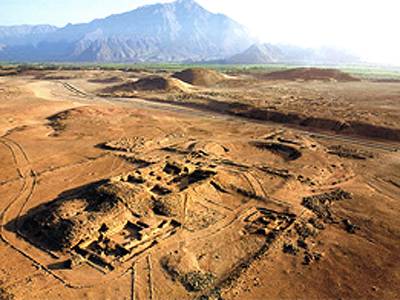 |
Caral more complete information @
|
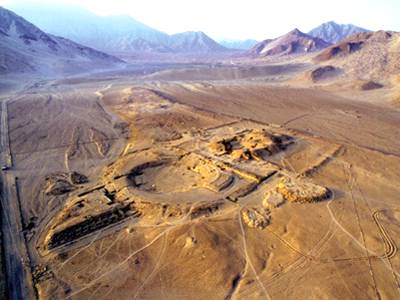 |
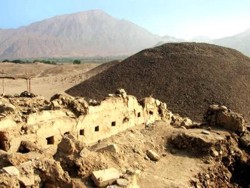 |
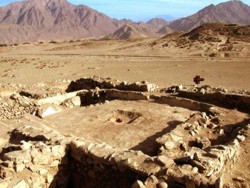 |
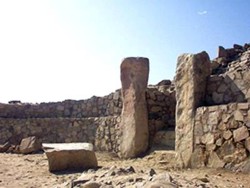 |
 |
About Caral - by Ruth Shady Solis of Caral Supe, INC:
Caral is the oldest civilization in the Americas, having developed almost simultaneously with the civilizations of Mesopotamia, Egypt, India and China. The inhabitants of Peru were ahead of those of Mesoamerica, the other center of civilization (of the six recognized worldwide) by at least 1,500 years.
The Sacred City of Caral is located in the Supe valley, province of Barranca, 182 km north of Lima,in the north-central area of Peru. Because of its size and its architectural complexity, this is the most outstanding urban settlement of all that have been identified on the American continent from 3000 to 2000 B.C.
Caral extends over 66 hectares, and consists of a nucleus and a peripheral area. The former boasts monumental architectural structures, four kinds of distinctive residential complexes, residences of the elite, two sunken circular plazas and spaces for mass public assemblies. The area in the periphery has many housing units distributed rather like an archipelago, with “islands” of dwellings grouped the length of the terrace adjacent to the valley.
One of the most significant results of the technological progress attained in the fields of agriculture and fishing was the production and manufacture of cotton in the coastal societies of the area, especially in Supe. This permitted the production of clothing and nets for mass fishing; it promoted specialization of labor; and was conducive to economic complementarity thanks to the trade carried on between farming and fishing communities. An accumulation of production was thus made possible, sustaining the social division of labor.
The benefits derived from social production were unequally distributed, giving rise to an organization with hierarchical social strata.
Thus a centralized government was formed in the north-central area, which mobilized large quantities of labor; and, taking advantage of complex trade networks, it obtained for its own benefit the surplus produced in an extensive territory.
Under these economic, social and political conditions sciences, technologies and arts were developed. Knowledge of astronomy, geometry, arithmetic, biology, etc., found its application in the preparation of the calendar and prediction of the weather, in the construction of public works, soil management, the improvement of crops, medicine, public administration, and the manufacture of artifacts for ceremonial and luxury purposes.
The societies connected with the original political State of Supe were saturated with an elaborate system of beliefs, ceremonies and rituals. Complex mythological and symbolic universes were formed. In the absence of a military group, religion was the controlling force and essential factor in social cohesion.
The forms of social and political organization of the Caral-Supe populations were projected beyond space and time, and set the bases of the structures that would later be seen in the political states of the Central Andes.The early development of the Caral-Supe society makes it the oldest civilization in the Americas. Caral-Supe differs from other centers of civilization such as Mesopotamia, Egypt and India, which shared knowledge and experiences with each other, in that it achieved unprecedented progress in complete isolation from its contemporaries in America and the Old World.
From the present cultural perspective, Caral is called to become one of the most important instruments for improving the self-esteem of Peruvians and an exceptional symbol of national identity, since it is the earliest civilization and the model of socio-political organization that other societies developed in later periods in Peruvian territory.
In economic terms, the enhancement of Caral through the research and consolidation work, and restoration of its imposing monumental constructions will make it a leading tourist destination at the national and international levels; and it will become a major source of income for improving the standard of living of the inhabitants of the area and of the country in general. For cultural and economic reasons, investment in Caral is not an unnecessary expense; it is a contribution to the development of Peru.
This publication is a synthesis of the results obtained in the research we have been carrying out for nine years in the Supe valley, in the settlements of Caral, Chupacigarro, Miraya and Lurihuasi. It is the fruit of interdisciplinary work by the Project personnel, whose idea is to transmit the historic content in this didactic format in order to reach non-specialist readers or visitors interested in finding out about one of the crucial stages of our cultural process.